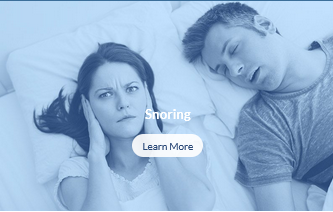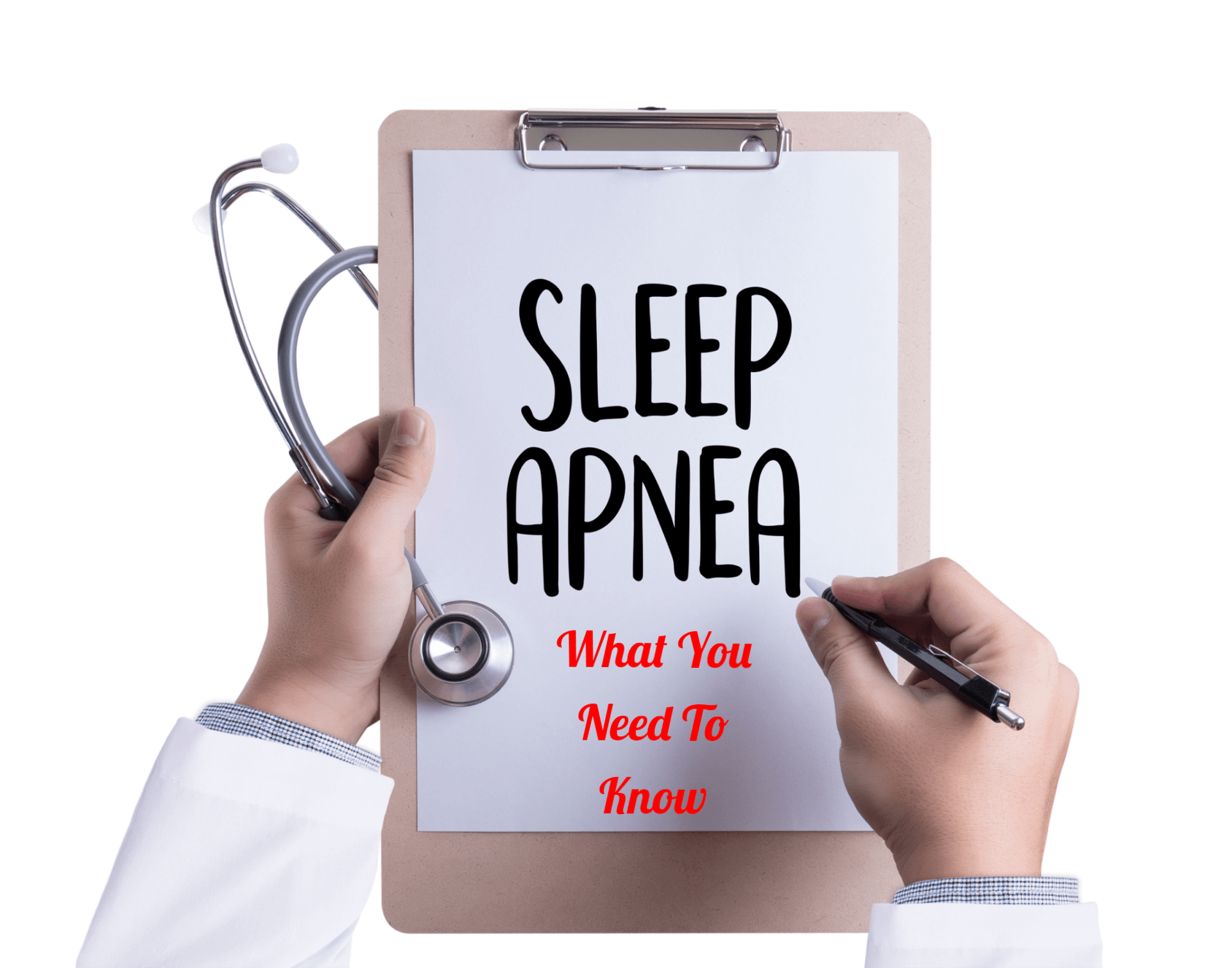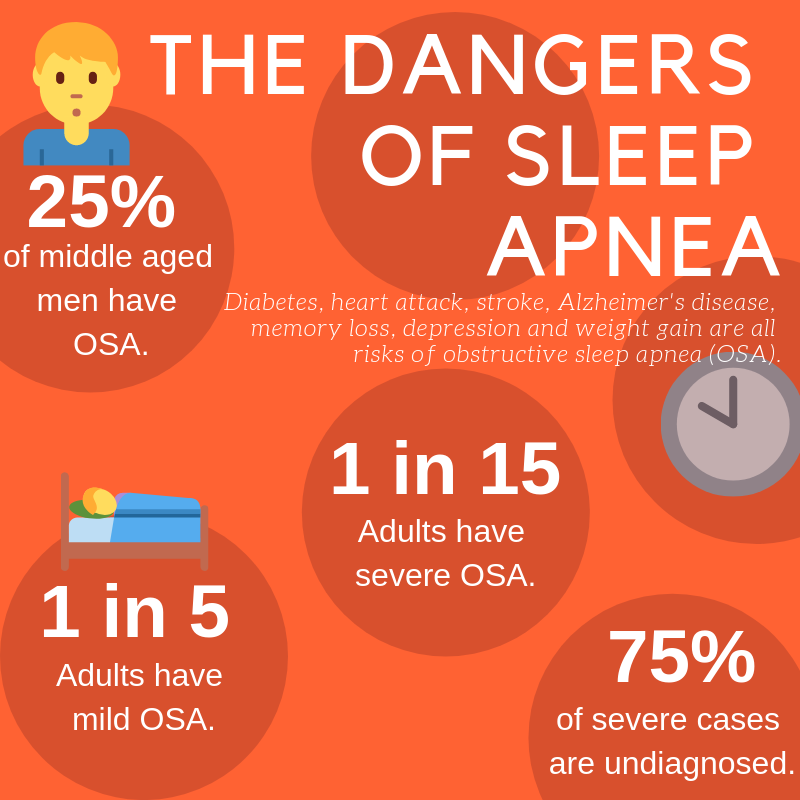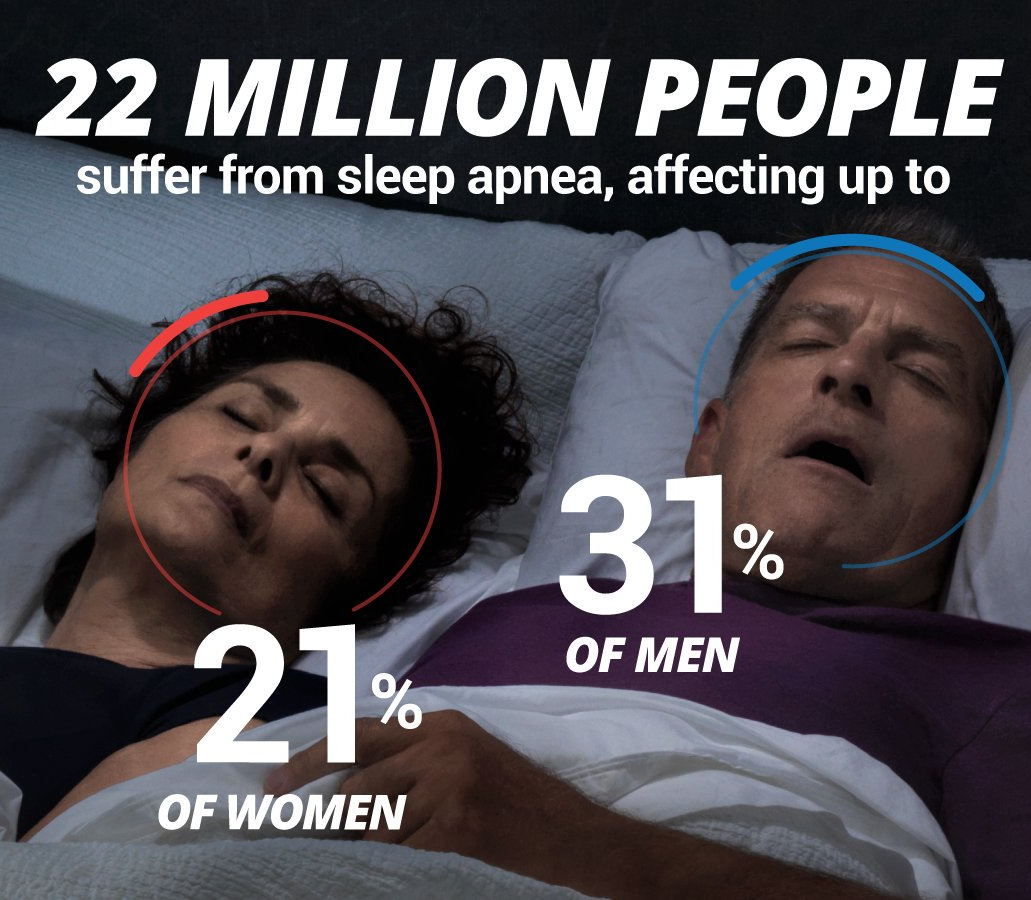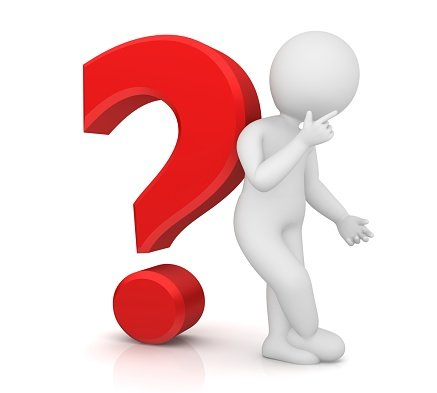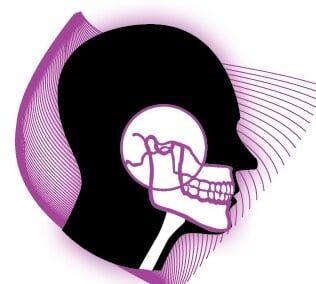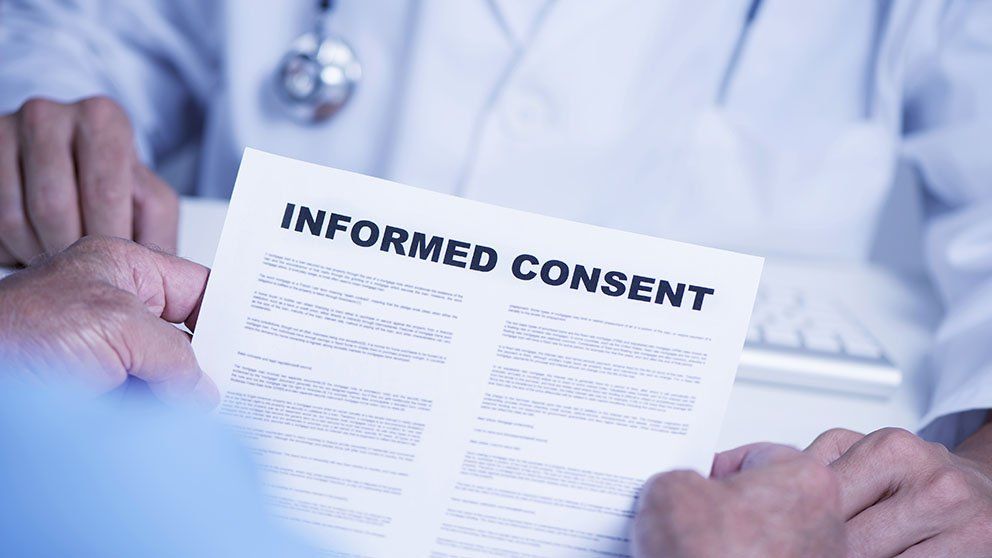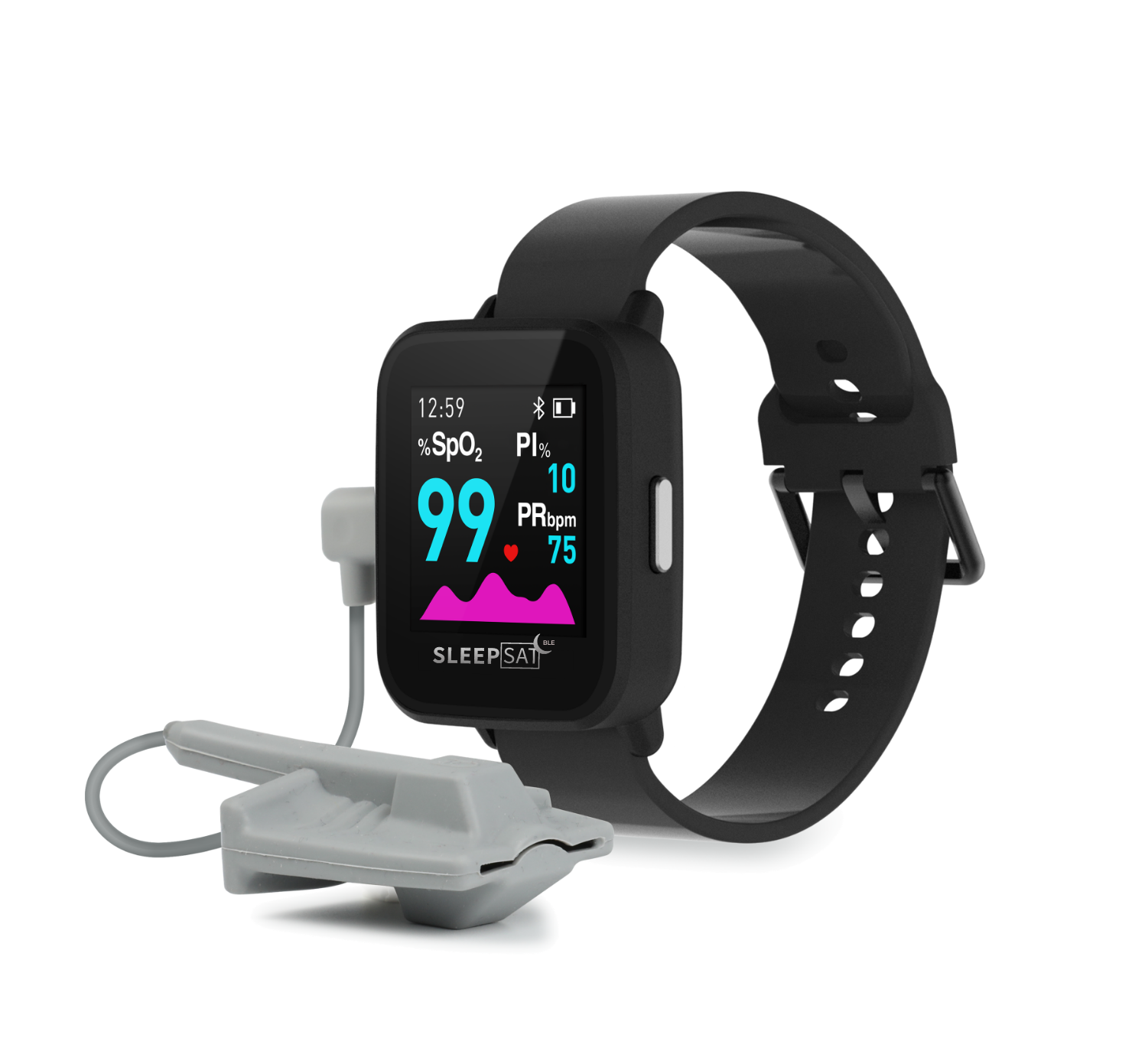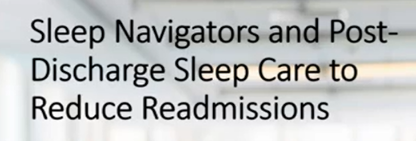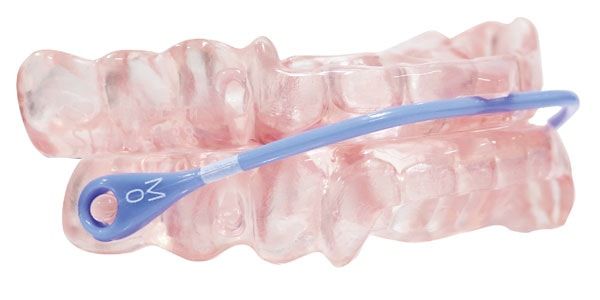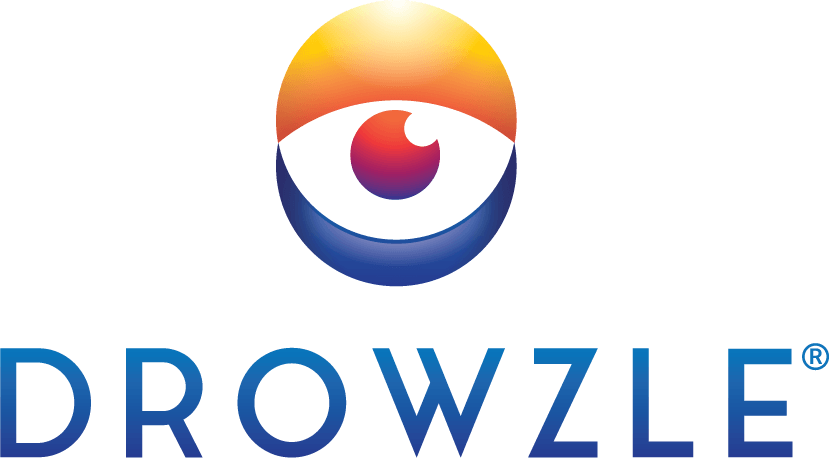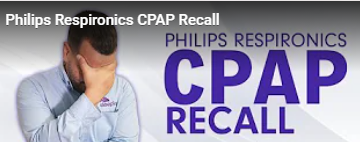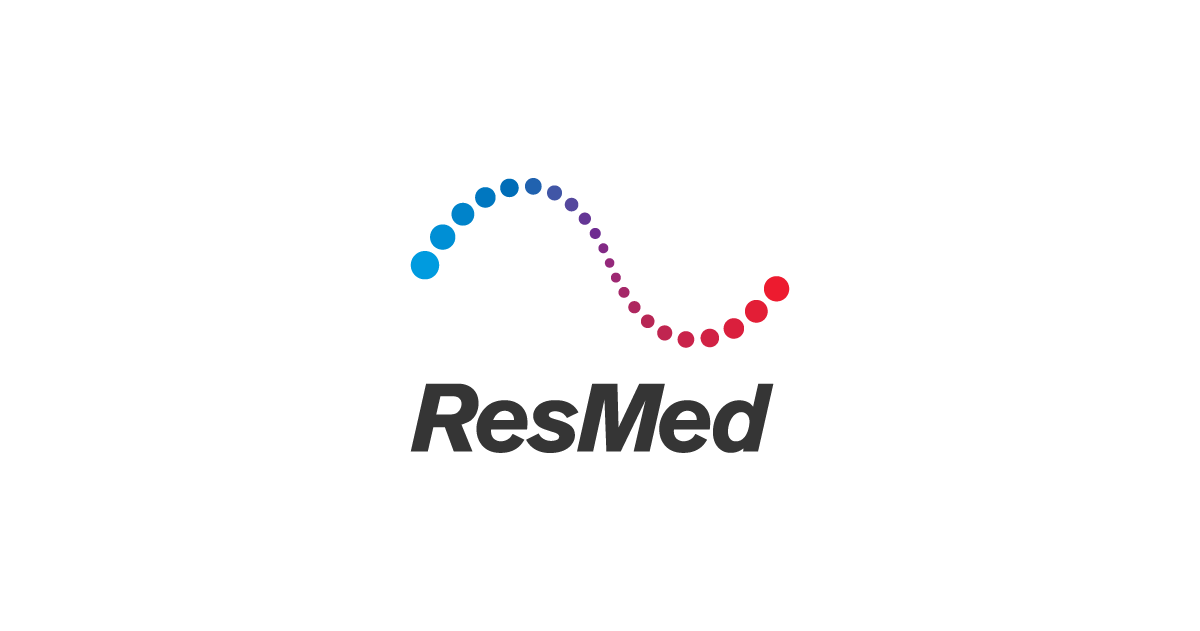Celebs With Sleep Apnea - You Are Not Alone
A-List Celebs Open Up About The Specific Health Issue They’ve All Been Struggling With For Years
For Content With Pictures Click Here
A-List Celebs Open Up About The Specific Health Issue They’ve All Been Struggling With For Years
Of all the necessary bodily functions we go through each day, sleep is by far the most pleasant — for most people, anyway. Nighttime is supposed to be a tranquil time, but for some, sleep isn’t as easy as counting sheep. More and more people are spending the night staring up at the ceiling.
Sleep disorders are becoming more and more common, and they aren’t just something suffered by the Average Joe. Even celebrities toss and turn or, worse, are forced to contend with disorders like sleep apnea, a condition that’s more than just annoying — it can be positively deadly.
1. Regis Philbin has had heart disease and bypass surgery, which resulted in sleep apnea problems. Still, he’s one of the most personable celebrities we can think of, which makes him the perfect spokesperson for a (usually) preventable condition.
2. Shonda Rhimes always brings the drama on Grey’s Anatomy and Scandal , so when the show runner admitted to sleeping woes getting in the way of her work, fans were worried. Thankfully, she says that weight loss and treatment have helped lessen her symptoms.
3. Most people remember John Candy for his roles in Planes, Trains, and Automobiles and Splash , but the actor is also known for his premature death of a heart attack. It’s believed he suffered from sleep apnea related to his weight.
4. Roseanne Barr isn’t known for being shy, which made her sleep apnea diagnosis on her reality show “Roseanne’s Nuts” no surprise to viewers. Her then-husband even recorded her gasping for air throughout the night. She had surgery on her nose to help alleviate her symptoms!
5. Brett Favre’s sleep apnea may be what made him retire from the NFL. After a long career with the Green Bay Packers (and short stints elsewhere), he said, “How am I supposed to play the game the right way when I can barely get out of bed in the morning?”
6. When Jennifer Aniston was startled awake by her home’s security alarm, she certainly didn’t expect to find herself in her backyard! The inspiration behind America’s favorite haircut has definitely had some terrifying sleep walking-induced nighttime adventures.
7. He doesn’t have sleep apnea, but Jimmy Kimmel does struggle with a sleep disorder that must make hosting a last-night show even harder than it looks: Narcolepsy. He describes it as “just the inside of your head being tired.”
8. When Rosie O’Donnell was diagnosed with sleep apnea, she knew she had to educate her audience about the dangers of the condition. She brought a sleep medicine specialist onto The View , where they discussed sleep apnea and possible treatment options.
9. Quincy Jones, the record producer who worked with the likes of Michael Jackson and Frank Sinatra, also has experience working though sleep apnea. Still, it hasn’t stopped him from garnering 28 Grammy Awards and 80 nominations!
10. Cocaine, heroin, diabetes — never a good combination, especially when you’re the iconic lead singer and guitarist of the Grateful Dead , Jerry Garcia. His sleep apnea only worsened over time due to his intense drug use, and it may have played a part in his death.
11. We all know that Leslie Knope could go days without sleeping, but her real-life counterpart isn’t so lucky. When Amy Poehler started falling asleep while standing up, she was eventually diagnosed with sleep apnea. She now sleeps with a CPAP machine.
12. Forty percent of men with Type 2 Diabetes also have sleep apnea. Such is the case with bassist, music producer, and American Idol judge Randy Jackson. Thankfully, a drastic lifestyle change including gastric bypass surgery significantly helped his symptoms.
13. Shaquille O’Neal wants fellow sleep apnea-sufferers to know that they aren’t alone — even 7-foot tall basketball legends suffer from sleep disorders. His wife described his sleep apnea as being when, usually after a deep snore, Shaq just stops breathing.
14. Fans were devastated when beloved Star Wars star Carrie Fisher passed away in 2016. Though a history of drugs and alcohol are believed to have contributed to her death, the coroner found that sleep apnea also played a major role.
15. Of all the celebrities on this list, William Shatner is perhaps the most private about his struggle with sleep apnea. But the phaser-wielding starship captain has been impressing fans with his leadership skills for so long, we don’t think a sleep disorder is going to change his image much!
16. One of the primary causes of sleep apnea is weight gain and unhealthy eating habits, and comedian Larry the Cable Guy has always been open about his struggles with the above conditions. He even joked about his sleep apnea by calling his CPAP machine his “buddy.”
17. Arianna Huffington is known as co-founder and editor of The Huffington Post , but did you know that her real passion is sleeping? Spurred on by her struggle with sleep apnea, her book The Sleep Revolution is about sleep’s influence on our overall happiness.
18. When untreated or combined with other conditions, sleep apnea can be deadly. This was the sad fate of NFL legend Reggie White, who died due to complications caused by sarcoidosis and sleep apnea.
19. It’s no myth that MythBusters co-host Adam Savage has dealt with sleep apnea in the past. But after losing 30 pounds and sleeping with a CPAP, most of his symptoms cleared up. He credits the CPAP treatment for helping him have normal sleeping patterns.
20. NFL star Ryan Jensen was so exhausted; he would sleep up to 10 hours a night…but he still felt tired. Thanks to a life-changing sleep study, however, Ryan was diagnosed with sleep apnea and started treatment with a CPAP machine.
